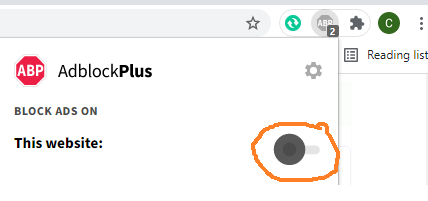Đang chuẩn bị nút TẢI XUỐNG, xin hãy chờ
Tải xuống
An engine or motor is a machine designed to convert energy into useful mechanical motion.[1][2] Heat engines, including internal combustion engines and external combustion engines (such as steam engines) burn a fuel to create heat which is then used to create motion. Electric motors convert electrical energy into mechanical motion, pneumatic motors use compressed air and others, such as clockwork motors in wind-up toys use elastic energy. In biological systems, molecular motors like myosins in muscles use chemical energy to create motion | ENGINEERING COOKBOOK A Handbook for the Mechanical Designer Second Edition Copyright 1999 This handy engineering information guide is a token of Loren Cook Company s appreciation to the many fine mechanical designers in our industry. LOREN COOK COMPANY Springfield MO Table of Contents Fan Basics Fan Types.1 Fan Selection Criteria.1 Fan Laws.2 Fan Performance Tables and Curves.2 Fan Testing - Laboratory Field.2 Air Density Factors for Altitude and Temperature.3 Use of Air Density Factors - An Example.3 Classifications for Spark Resistant Construction.4-5 Impeller Designs - Centrifugal.5-6 Impeller Designs - Axial.7 Terminology for Centrifugal Fan Components.8 Drive Arrangements for Centrifugal Fans.9-10 Rotation Discharge Designations for Centrifugal Fans 11-12 Motor Positions for Belt or Chain Drive Centrifugal Fans . . 13 Fan Installation Guidelines.14 Fan Troubleshooting Guide.15 Motor and Drive Basics Definitions and Formulas.16 Types of Alternating Current Motors .17-18 Motor Insulation Classes. 18 Motor Service Factors . 19 Locked Rotor KVA HP.19 Motor Efficiency and EPAct . 20 Full Load Current.21-22 General Effect of Voltage and Frequency.23 Allowable Ampacities of Not More Than Three Insulated Conductors .24-25 Belt Drives. 26 Estimated Belt Drive Loss.27 Bearing Life . 28 System Design Guidelines General Ventilation.29 Process Ventilation.29 Kitchen Ventilation.30 Sound . 31 Rules of Thumb .31-32 Noise Criteria . 32 Table of Contents System Design Guidelines cont. Sound Power and Sound Power Level.32 Sound Pressure and Sound Pressure Level.33 Room Sones dBA Correlation.33 Noise Criteria Curves.34 Design Criteria for Room Loudness.35-36 Vibration.37 Vibration Severity .38-39 General Ventilation Design Air Quality Method.40 Air Change Method.40 Suggested Air Changes.41 Ventilation Rates for Acceptable Indoor Air Quality . 42 Heat Gain From Occupants of Conditioned Spaces.43 Heat Gain From Typical Electric Motors.44 Rate of Heat Gain Commercial Cooking .


